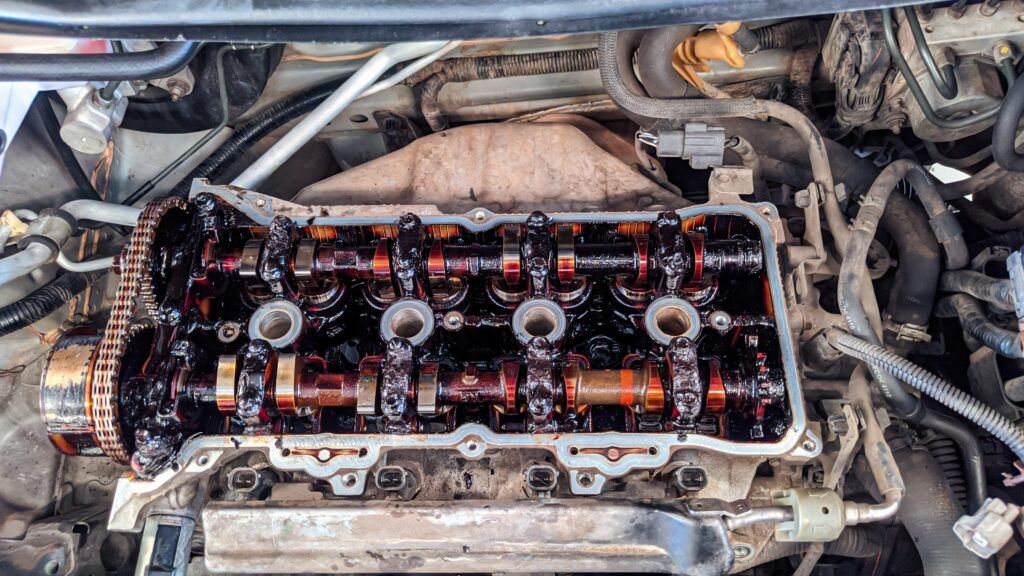At Certified Automotive Specialists, we’re always looking for ways to help our customers stay comfortable and save money on their automotive repairs. That’s why we’re excited to share some great news for California drivers: the new California Cool Air Rebate Program is here, offering up to 80% off the cost of repairing air conditioning leaks in your car or light-duty truck.
Let’s take a closer look at this fantastic program and how it can benefit you!
What is the California Cool Air Rebate Program?
The California Cool Air Rebate Program provides financial assistance to eligible California residents who need to repair their vehicle’s air conditioning system. This program specifically targets repairs to leaking air conditioning systems that use R-134a refrigerant. By fixing these leaks, the program helps improve air quality and reduce environmental impacts, all while making it more affordable for you to enjoy a comfortable ride.
Who Qualifies for the Cool Air Rebate Program?
The California Cool Air Rebate Program is designed to help lower-income families, with healthy families automatically qualifying. If you’re a California resident and your vehicle is eligible for the program, you could be looking at substantial savings.
To get started, all you need to do is visit the CoolAirRebate.org website and pre-qualify for the program. The process is simple and only takes a few minutes. If you meet the eligibility requirements, you’ll be able to proceed with the next steps to get your air conditioning repaired and enjoy a cool, comfortable ride.
How Does the Program Work?
The program is incredibly straightforward, consisting of just three easy steps:
Step 1: Pre-Qualify
First, visit CoolAirRebate.org and answer five simple questions about your vehicle. This helps determine if you qualify for the program. If your vehicle qualifies, you’ll be able to move forward to the next step.
Step 2: Rebate Approval
Once you’ve pre-qualified, the Cool Air Rebate Team will send you an approval letter. This letter will confirm that you’re eligible for the program and provide you with the next steps to take.
Step 3: Repair Your AC
With your approval letter in hand, bring your vehicle to a participating repair shop. They will inspect and repair your air conditioning system. If your AC needs repairs due to a leak, the program will cover 80% of the cost, up to a maximum of $1,500 for repairs. Additionally, if the diagnosis results in qualifying repairs, the program will also cover 100% of the diagnostic fee.
It’s that easy! With this program, you can finally fix that pesky AC issue and enjoy a cool vehicle all year long, without breaking the bank.
Why Should You Participate?
At Certified Automotive Specialists, we believe in taking care of our customers, and this program is a perfect example of how California residents can take advantage of financial assistance to stay cool while also helping the environment.
Here are a few key reasons why you should consider participating:
- Substantial Savings – Save up to 80% on the cost of qualifying repairs. That’s a huge discount that can make repairing your air conditioning system much more affordable.
- Improve Air Quality – Not only will you enjoy a comfortable ride, but by repairing leaking AC systems, you’ll be helping to improve the air quality in your community. This program helps reduce the harmful effects of leaking refrigerant.
- Simple Process – The steps to qualify and get your repairs done are simple and user-friendly. No complicated paperwork or extensive waiting. Plus, our team is here to help guide you through the process.
- Support from Certified Professionals – You can trust that Certified Automotive Specialists will provide the expert care your vehicle needs. We’re a trusted leader in automotive repair, and our technicians are trained and certified to handle your AC system repairs with the highest standards of excellence.
What Makes Certified Automotive Specialists Stand Out?
As your go-to experts in auto repair and maintenance, we understand how important it is to have a working air conditioning system in your vehicle. California summers can be brutal, and having a cool, comfortable ride is essential for both safety and comfort.
At Certified Automotive Specialists, we pride ourselves on offering high-quality repair services at competitive prices. We’re here to ensure your vehicle is running smoothly, and we’ve built our reputation on trust, honesty, and integrity. Our team of certified technicians is here to provide fast, efficient, and reliable service, no matter what type of repairs your car needs.
We also believe in the power of community. The California Cool Air Rebate Program is a perfect opportunity for us to help give back to our community by ensuring that families can stay cool without stressing about the cost of repairs. We’re proud to be part of this initiative and encourage you to take advantage of it today.
How Can We Help You?
If you think your vehicle might qualify for the Cool Air Rebate Program, don’t hesitate to reach out to us. We’re happy to assist you with the application process and guide you through the steps to get your vehicle’s air conditioning system repaired at a significant discount.
Whether you’re in need of an AC repair or any other auto service, we’re here to help. Visit our website at CertifiedAutoCA.com or give us a call to schedule your next appointment. Let us help you stay cool while you save big with the California Cool Air Rebate Program!








